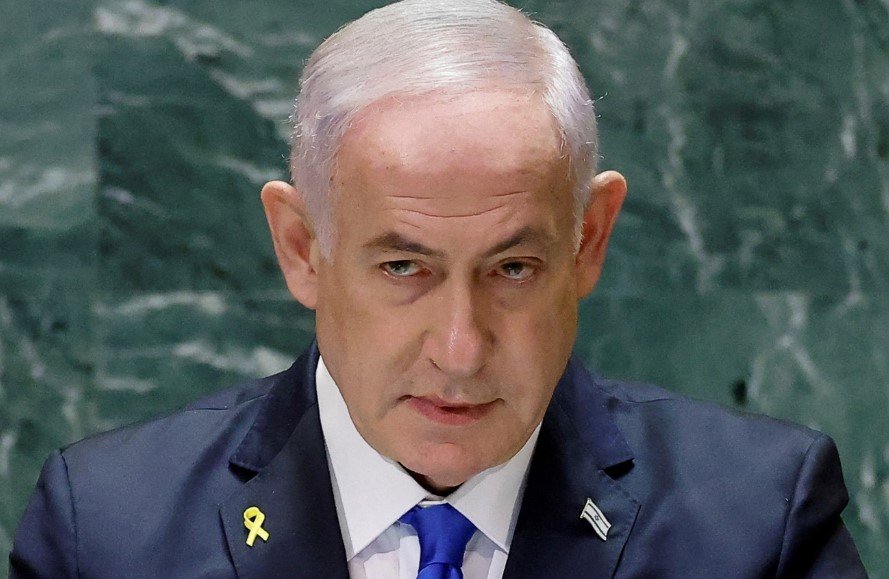A tentative quiet settles over a bruised Middle East, but the silence feels temporary as old enemies posture and U.S. patience wears thin
After days of rockets, airstrikes, and political theater, the guns finally went silent — at least for now. A shaky ceasefire between Israel and Iran appeared to be holding on Tuesday morning, a rare pause in what has become one of the most dangerous escalations in recent years. But the quiet isn’t exactly comforting.
U.S. President Donald Trump, who personally took credit for brokering the ceasefire over the weekend, expressed public irritation. “They’ve been fighting for so long and so hard, they don’t even know what they’re doing anymore,” he said, visibly exasperated during an unscheduled press conference. His words carried less diplomacy and more fatigue — and perhaps a warning.
Israel’s Mixed Messages and Nuclear Claims
Israeli Prime Minister Benjamin Netanyahu went live on national television Monday night, chest out and voice raised. He declared that Israel had “brought Iran’s nuclear program to ruin.” The tone was triumphant. The content? Less so.
According to two people familiar with a new U.S. intelligence report, Iran’s nuclear development has only been delayed by “a few months,” not derailed. That detail undercuts Netanyahu’s bold proclamation — and it hasn’t gone unnoticed in Washington.

Netanyahu’s televised remarks didn’t end there. He doubled down on Israel’s broader campaign goals:
-
Finish dismantling Iran’s regional military network.
-
Crush Hamas.
-
Secure the release of all hostages held in Gaza.
He framed these aims as non-negotiable, ceasefire or not.
But many in Israel’s security establishment are reportedly skeptical. One former Israeli intelligence official told The Hindu off-record that “even if the war stopped today, Iran’s program would resume underground tomorrow.”
Iran Pauses, But Doesn’t Back Down
Iranian President Masoud Pezeshkian, for his part, sounded measured. He confirmed that Tehran was open to returning to negotiations over its nuclear program, even hinting at direct talks with the United States. But there was a caveat — a big one.
Any talks, Pezeshkian stressed, would only happen if Israel ceased its military operations inside Syria and Lebanon. “Our patience is not infinite,” he warned during a closed-door meeting with parliament leaders, which was later leaked to Iranian media.
So, the message from Tehran? We’ll talk — but stop bombing our allies first.
That hasn’t happened. Israel carried out at least two “targeted defensive actions” inside Syrian airspace late Monday night, according to Syrian state media. No deaths were reported, but the symbolism was clear.
Ceasefire Timeline and What’s at Stake
While both sides claim victory, the timeline of recent events suggests this ceasefire is less peace agreement and more temporary timeout.
Here’s a quick snapshot of key events:
| Date | Event |
|---|---|
| June 20 | Iranian missiles strike Israeli airbase near Eilat |
| June 21 | Israel responds with airstrikes near Natanz nuclear facility |
| June 22 | U.S. intervenes diplomatically, proposes ceasefire |
| June 23 | Ceasefire announced, but breached within hours |
| June 24 | U.S. confirms new ceasefire “in effect” |
| June 25 | Skirmishes reduced, rhetoric intensifies |
The underlying dynamics haven’t changed. Iran sees itself as resisting Western and Israeli aggression. Israel sees itself as preempting an existential threat. Neither is truly ready to de-escalate.
The U.S. Role: Broker, Babysitter, or Bystander?
Trump’s role in this conflict remains murky. On one hand, he’s been central — facilitating backchannel diplomacy, using blunt language to push both sides, and leveraging U.S. air power to strike Iranian positions just days ago. On the other, his comments suggest a leader increasingly fed up with the whole saga.
“There’s only so much we can do if they keep lying to us,” he said, referring to both Israeli and Iranian briefings to Washington. U.S. intelligence officials, meanwhile, appear frustrated by Israel’s public posturing.
One official familiar with the report on Iran’s nuclear program said, “We can’t work in a fantasyland. The program is damaged, yes, but nowhere near destroyed.”
And behind all this is the looming specter of a U.S. presidential election. Trump’s critics claim he pushed for a ceasefire simply to bolster his foreign policy image. Supporters argue he may have prevented a regional war.
Mixed Reactions in Israel and Iran
Inside Israel, the public mood is conflicted. On the streets of Tel Aviv, you hear relief and exhaustion in equal measure. A mother of two told Israeli Channel 13, “It’s been nonstop — we don’t sleep. But I don’t believe it’s really over.”
Military reservists were seen returning home, but not fully demobilized. Many remain on 48-hour alert.
In Iran, the reaction has been quieter but no less tense. Pro-government newspapers ran front-page headlines calling the ceasefire a “strategic patience decision.” But hardliner clerics have been pressuring President Pezeshkian to walk away from any U.S. negotiations unless sanctions are lifted immediately.
One Tehran-based analyst summed it up like this: “The street is tired of war, but the regime isn’t done yet.”
What’s Next? Quiet Fire, Loud Politics
So far, no major violations of the ceasefire were reported overnight. But both sides continue to engage in information warfare. Iran’s Revolutionary Guard posted drone footage of Israeli bases on Telegram Tuesday morning. Israel’s Defense Ministry released satellite images of what it claimed were “underground enrichment bunkers” in central Iran.
Both are flexing. Neither is blinking.
And everyone is watching — especially Washington.
Trump’s national security advisor, retired Gen. Keith Kellogg, spoke to Bloomberg News under condition of background anonymity and summarized the sentiment inside the White House: “They say the fire is out, but the ground’s still hot.”
